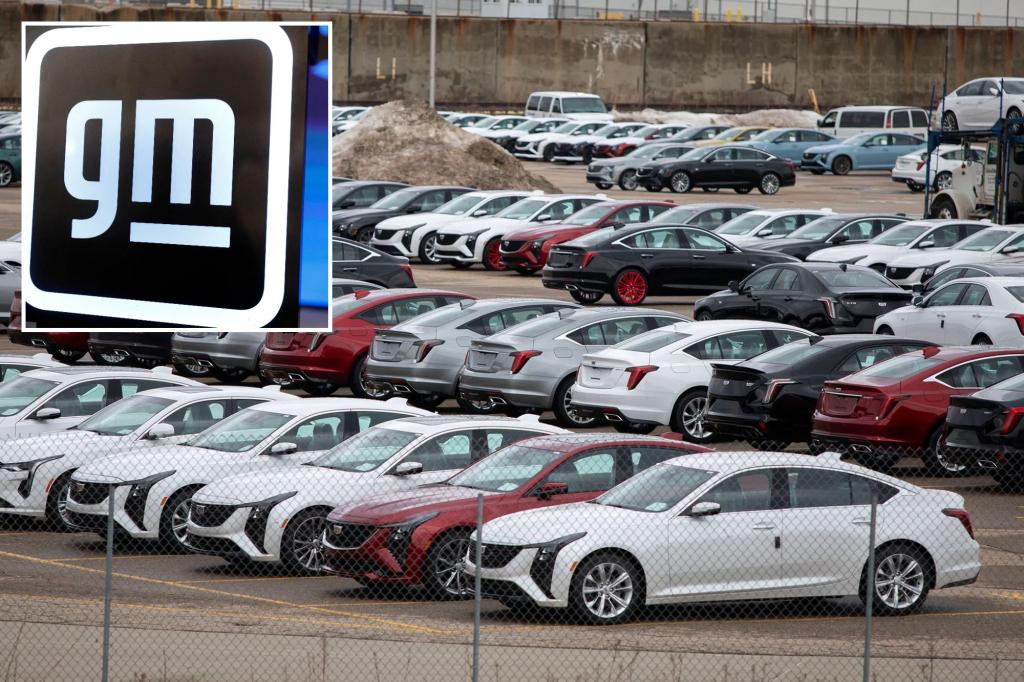GM and Ford Halt Exports to China: What This Means for Global Trade
In a strategic shift, General Motors (GM) and Ford Motor Company have suspended vehicle exports to China, responding to escalating trade tensions and potential tariffs. The decision, announced this week, marks a pivotal moment for American automakers in the world’s largest automotive market. Analysts warn the move could reshape global trade dynamics, supply chains, and profitability for Detroit’s giants.
Why GM and Ford Are Pressing Pause on Chinese Exports
The suspension comes amid rising uncertainty over China’s trade policies, including proposed tariffs on imported vehicles. Both GM and Ford cited “market volatility” and “regulatory risks” as key factors. China accounted for 40% of GM’s global sales in 2023, while Ford’s exports to the region have been modest but strategically significant. The pause affects:
- GM’s Cadillac and high-end SUV shipments, which generated $2.8 billion in 2023.
- Ford’s Lincoln models, its primary export to China, with sales dipping 12% last quarter.
“This isn’t just about tariffs—it’s a calculated retreat from dependency,” says Michelle Cheng, an automotive analyst at Bloomberg Intelligence. “China’s push for domestic EV dominance has left foreign automakers scrambling.”
The Broader Impact on U.S.-China Trade Relations
The automakers’ decision reflects deepening fractures in U.S.-China trade. Bilateral auto trade between the two nations totaled $23 billion in 2023, but new U.S. tariffs on Chinese EVs (slated to rise to 100% in 2024) have triggered retaliation threats. China’s Commerce Ministry warned of “resolute measures” to protect its interests.
Meanwhile, the European Union’s recent probe into Chinese EV subsidies adds pressure. “GM and Ford are canaries in the coal mine,” notes James Chao, Asia-Pacific lead at IHS Markit. “If they’re pulling back, others may follow.”
How the Move Affects Global Supply Chains
With China producing 30% of the world’s vehicles, disruptions could ripple globally. Key concerns include:
- Localized production shifts: GM may accelerate plans to build more EVs in Michigan.
- Supplier fallout: Chinese parts makers serving U.S. brands face $1.2 billion in lost orders.
Ford’s CFO John Lawler emphasized a “wait-and-see approach,” stating, “We’re prioritizing markets where we see stable growth—like Southeast Asia.”
What’s Next for Automakers and Consumers?
Short-term, the suspension could lead to:
- Higher prices for imported U.S. vehicles in China due to limited supply.
- Expanded Chinese OEM partnerships to bypass tariffs.
Long-term, the stakes are higher. “The era of easy access to China’s market is over,” Cheng warns. “Innovation, not tariffs, will decide who leads.”
Conclusion: A Trade War or a Turning Point?
GM and Ford’s retreat underscores a pivotal moment for global trade. As tensions escalate, automakers must balance geopolitical risks with market ambitions. For consumers, the fallout may mean fewer choices and higher costs. For investors, the question is whether this pause becomes permanent—and who will fill the vacuum left by American brands.
Stay informed on evolving trade policies— subscribe to our newsletter for real-time updates.
See more Business Focus Insider Team

